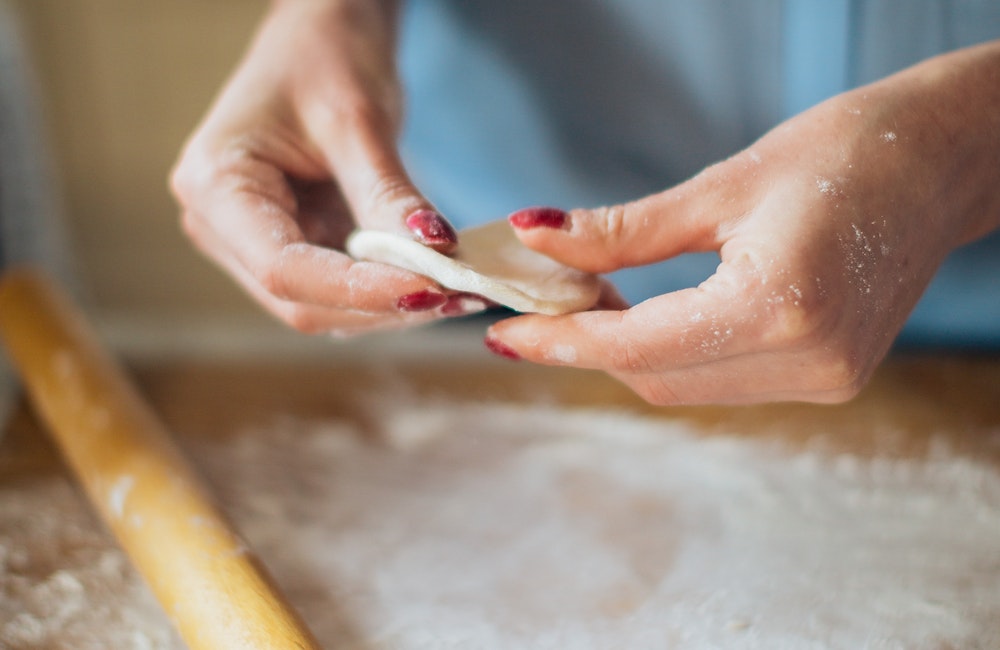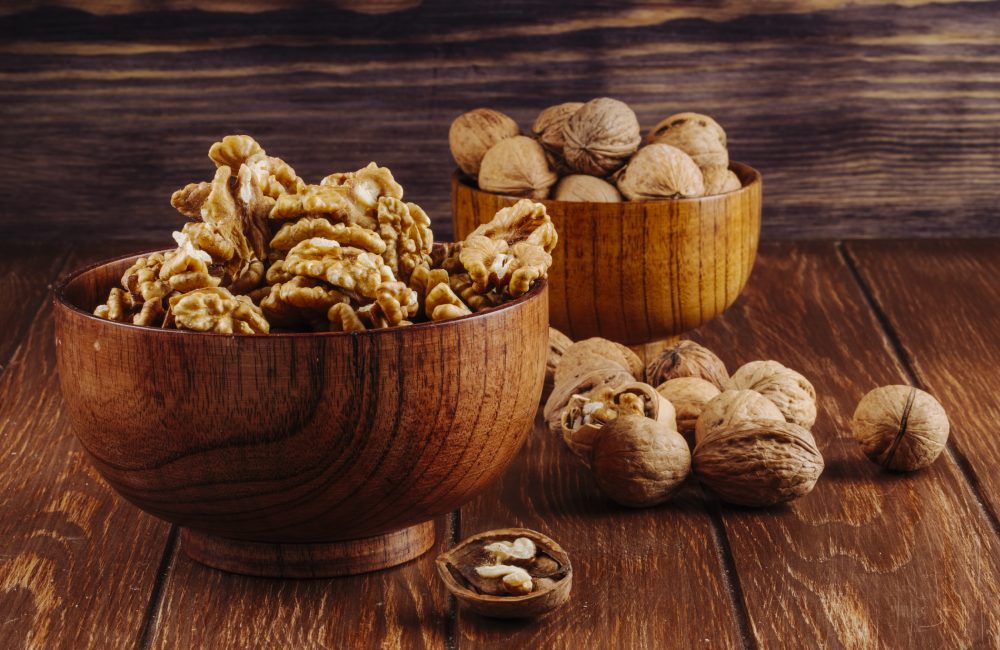The Hidden Perils of Maida: Why White Flour Is a Health Villain

In the heart of our kitchens, a silent culinary culprit resides – white flour, or as it’s commonly known, maida. It’s the unsung hero behind our beloved bread, pastries, and pancakes, but hidden beneath its snowy exterior lies a story that’s anything but sweet. As an Expert SEO Specialist, Content Writer, and Language Expert, I’m about to unveil the untold tale of why maida, that seemingly innocent white flour, can be a treacherous companion on your journey to good health.
Prepare to embark on a journey that will lift the veil on maida’s true nature and the adverse effects it might have on your well-being. From its origins to its insidious presence in our daily diets, we’ll delve into every aspect of maida’s dark side. So, fasten your seatbelt and get ready to discover why it’s time to reconsider your relationship with this seemingly harmless pantry staple.
Table of Contents
ToggleThe Flour We Love: An Introduction to Maida
It often referred to as all-purpose flour, is a refined, bleached, and finely ground flour made from wheat grains. It’s the preferred choice for many chefs and home bakers due to its fine texture and versatility. However, its popularity doesn’t make it a nutritional powerhouse.
Maida vs. Whole Wheat: The Nutritional Smackdown
Let’s kick things off by comparing it to its healthier counterpart – whole wheat flour. The refining process strips this of most of its nutrients, including fiber, vitamins, and minerals. In contrast, whole wheat flour retains these essential components, making it a superior choice for health-conscious individuals.
Blood Sugar Blues: Maida’s Impact on Glycemic Index
Maida’s high glycemic index (GI) can wreak havoc on your blood sugar levels. Discover how consuming foods made with this can lead to rapid spikes in blood sugar, causing energy crashes and increasing the risk of diabetes.
The Silent Inflammation Culprit
Inflammation is at the root of many chronic diseases. Dive into the connection between its consumption and systemic inflammation, and how it can set the stage for health problems you never saw coming.
Gut Health Gambit: Maida’s Role in Digestive Woes
Your gut is a delicate ecosystem, and it may disrupt its harmony. Explore the ways in which it can lead to digestive issues like bloating, constipation, and even irritable bowel syndrome (IBS).
Weighty Matters: Maida and the Battle of the Bulge
If you’re struggling to shed those extra pounds, it might be a hidden culprit. Learn how maida-rich foods can contribute to weight gain and why opting for whole grains is a smarter choice for your waistline.
Gluten Glitches: Maida and Gluten Sensitivity
Gluten sensitivity is on the rise, and it plays a role in this drama. Uncover the link between maida and gluten-related issues, and how it affects individuals who are sensitive to gluten.
Maida and Heart Health: A Risky Affair
Your heart deserves better than it. Delve into the connection between its consumption and cardiovascular problems, including heart disease and high blood pressure.
The Role of Processing: How Maida Is Made
Ever wondered how maida goes from wheat grains to that fine, white powder? Get an insider’s look at the processing methods involved and how they impact the final product.
Hidden Culprits: Maida in Processed Foods
Maida isn’t just lurking in your homemade bread; it’s a sneaky addition to many processed foods. Explore the surprising products that contain it and how to spot them on labels.
Breaking the Addiction: Reducing Maida in Your Diet
Ready to break free from maida’s grip on your diet? Discover practical tips and strategies to reduce its consumption and embrace healthier alternatives.
The Flour Alternatives: Healthier Options
Explore a world beyond maida with a guide to healthier flour alternatives that can revolutionize your cooking and baking endeavors.
A Recipe for Change: Cooking with Alternative Flours
Put your newfound knowledge to the test with delicious recipes that showcase the versatility of alternative flours. Get ready to whip up healthier and tastier dishes.
The Verdict: Should You Ditch Maida Completely?
After uncovering the dark secrets of this, it’s time to weigh the pros and cons. Should you completely eliminate it from your diet, or is moderation the key to a balanced approach?
Conclusion
As we conclude this eye-opening journey, remember that your health is in your hands. Making informed choices about the foods you consume can lead to a happier, healthier life. So, are you ready to bid farewell to maida and embrace a flour revolution?
FAQ’s
Yes, you can. Explore recipes using whole wheat, almond, coconut, or other alternative flours for healthier options.
Substitute it with whole wheat flour in recipes and opt for whole grain products like brown rice and whole wheat pasta.
Maida lacks significant nutrients and fiber, so its health benefits are limited compared to whole grains.
It contains gluten, which can trigger symptoms like digestive issues, bloating, and fatigue in those with gluten sensitivity.
You can use flours like rice flour, chickpea flour, tapioca flour, and almond flour for gluten-free baking.
Book an Appointment
Recent Articles
-
 Zerodol-SP Tablet: Power of Pain Relief and Inflammation Control30 Jun 2023
Zerodol-SP Tablet: Power of Pain Relief and Inflammation Control30 Jun 2023 -
 Glycerin for Face: A Game-Changer in Skincare?01 Sep 2023
Glycerin for Face: A Game-Changer in Skincare?01 Sep 2023 -
 The Incredible Benefits of Eating Walnuts: Boosting Your Health One Nut at a Time29 Jun 2023
The Incredible Benefits of Eating Walnuts: Boosting Your Health One Nut at a Time29 Jun 2023 -
 The Marvel of First-Time Sex: Unveiling the Potential for Pregnancy05 Jul 2023
The Marvel of First-Time Sex: Unveiling the Potential for Pregnancy05 Jul 2023 -
 Full Body Checkup: A Complete Test List for Optimal Health02 Nov 2023
Full Body Checkup: A Complete Test List for Optimal Health02 Nov 2023

